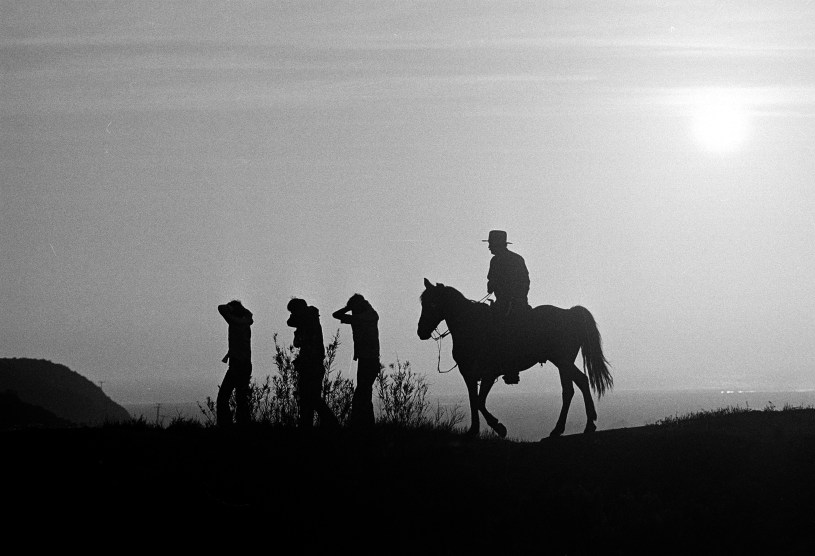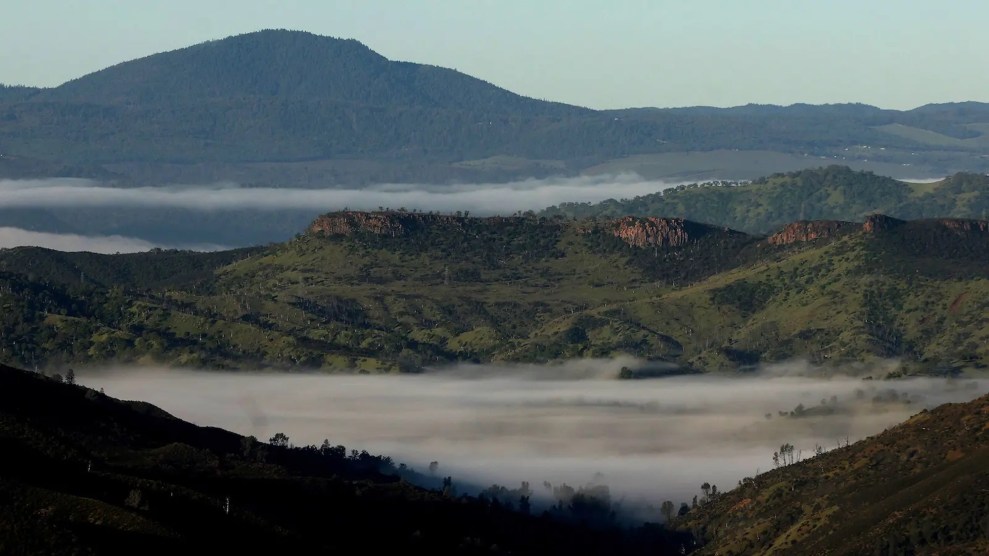There seems to be a strange opinion out there in public-land that California, “of all places,” has no right to talk about problems with energy and climate. The assumption is that Californians drive a lot of miles between their auditions in Hollywood and their day jobs at the surf shack on the beach.
Maybe it’s just left-coast envy. Or, obviously, ignorance. But let’s set it right. California has a 30-year history of innovative—hell, just plain conscious—approaches to energy use. Maybe it’s because we have to conserve water on a regular basis and are practiced in thinking of resources as finite.
The Washington Post ran an interesting article a few weeks back. They seem to have discovered that California might actually be a model for the rest of the gluttonous country.
Today the state uses less energy per capita than any other state in the country, defying the international image of American energy gluttony. Since 1974, California has held its per capita energy consumption essentially constant, while energy use per person for the United States overall has jumped 50 percent.
California has managed that feat through a mixture of mandates, regulations and high prices. The state has been able to cut greenhouse-gas emissions, keep utility companies happy and maintain economic growth. And in the wake of the Intergovernmental Panel on Climate Change report on global warming, California serves as a model for other states seeking a similar path to energy reduction. Now California is pushing further in its effort to cut automobile pollution, spur use of solar energy and cap greenhouse gases.
“California really represents what the rest of the country could do if it paid a bit more attention to energy efficiency,” says Greg Kats, managing principal at Capital E, an energy and clean-technology advisory firm. “California is the best argument we have about how to very cost-effectively both reduce energy consumption and cut greenhouse gases. And they’ve made money doing it.” Kats estimates that the average Californian family spends about $800 a year less on energy than it would have without efficiency improvements over the past 20 years.
Today, as an energy consumer, California is more like thrifty Denmark than the rest of the energy-guzzling United States. While the average American burns 12,000 kilowatt-hours a year of electricity, the average Californian burns less than 7,000 — and that’s counting renewable energy sources.
California has managed to cut its contributions to global warming, too. Carbon dioxide emissions per capita in California have fallen by 30 percent since 1975, while U.S. per capita carbon dioxide emissions have remained essentially level.
There also seems to be a pernicious sense of glee outside of California over our excessively high gasoline prices. You know, it’s a bummer for Hummers. First off, in my corner of the state, the police department drives Priuses. Again from the WP:
“If the history of energy consumption in the U.S. has taught us anything, it is that cost drives conservation,” says Chris Cooper, executive director of the Network for New Energy Choices.
Three of the nation’s most profligate users of energy — Wyoming, Kentucky and Alabama — have one thing in common: low prices. Their electricity prices range from 5.25 cents a kilowatt hour to 7.06 cents, according to the EIA.
As the article says, what’s dirt cheap tends to get treated like dirt.









